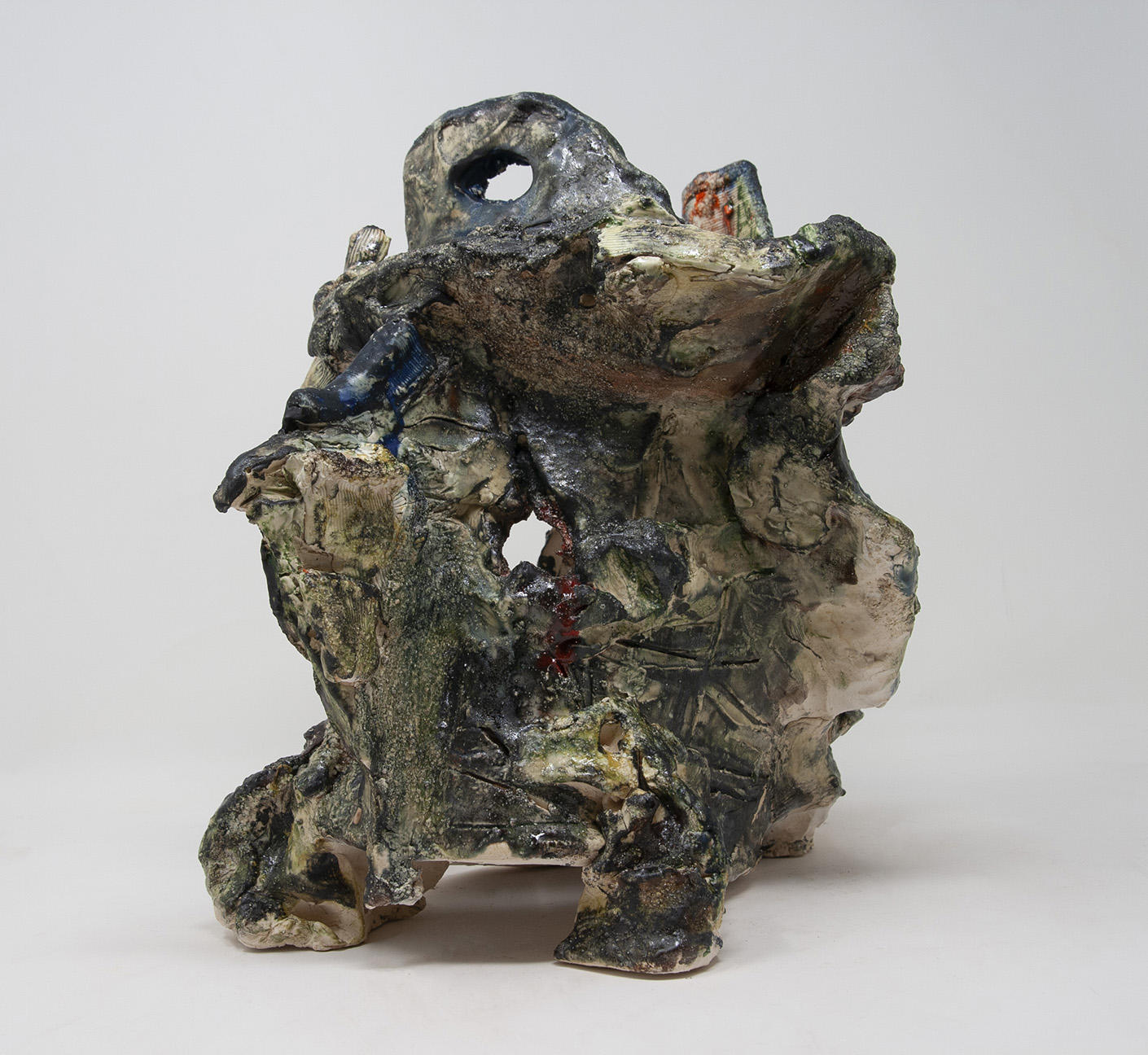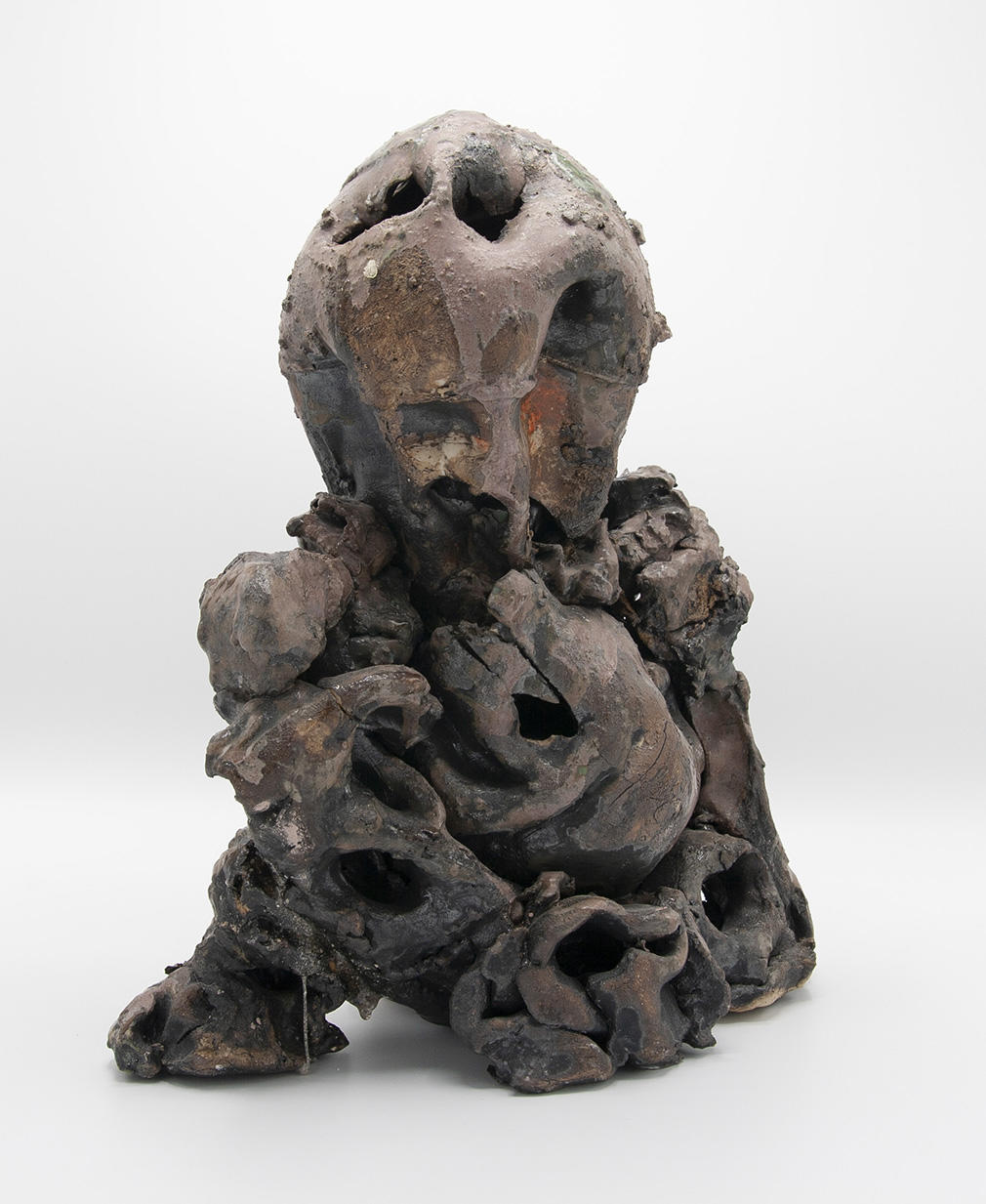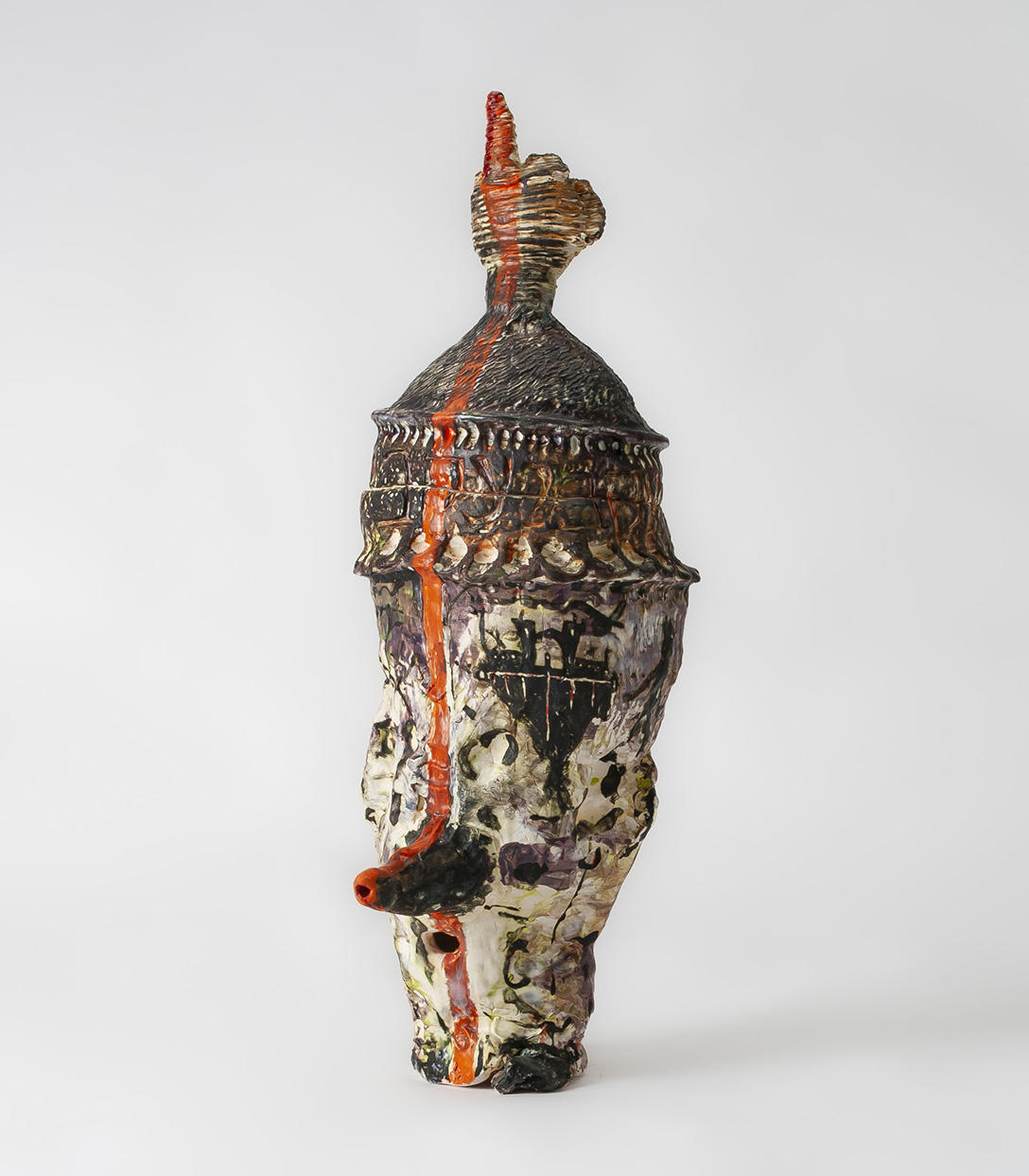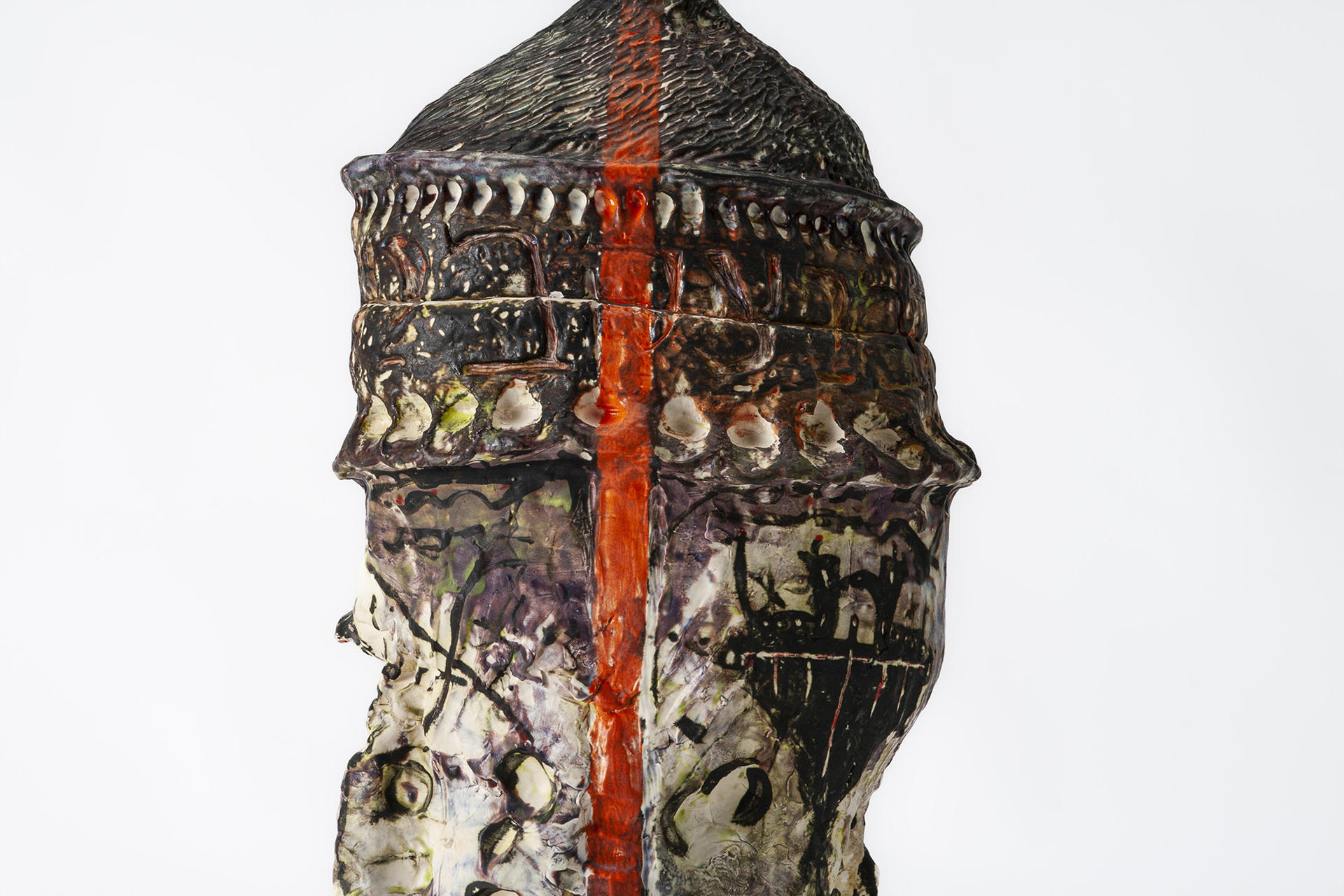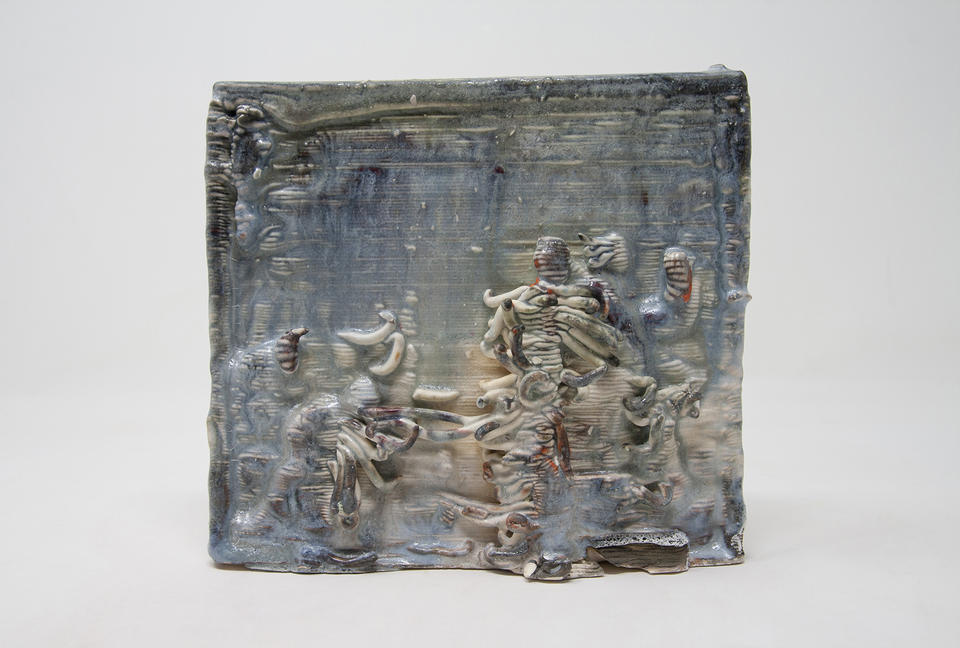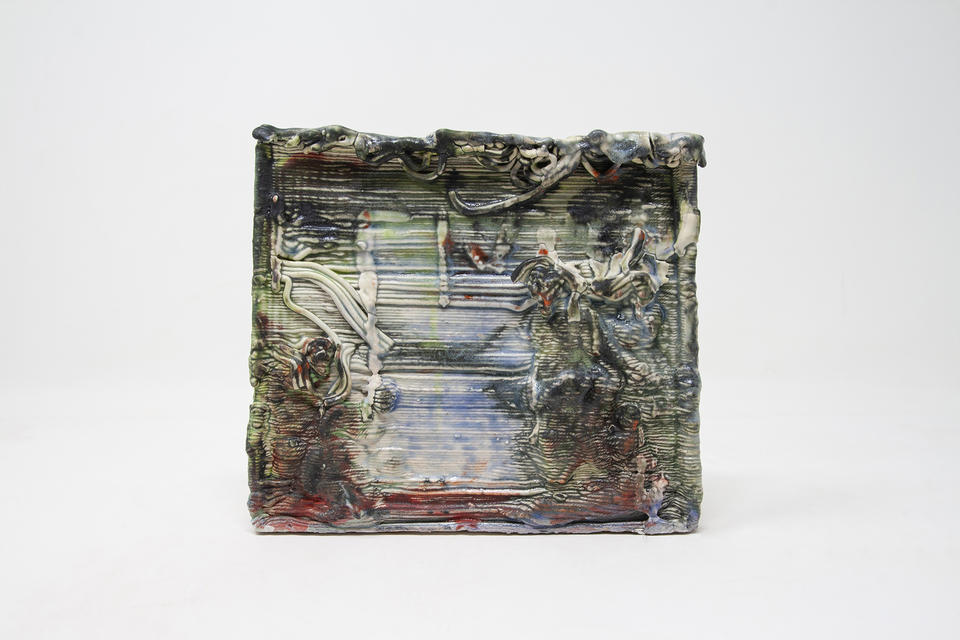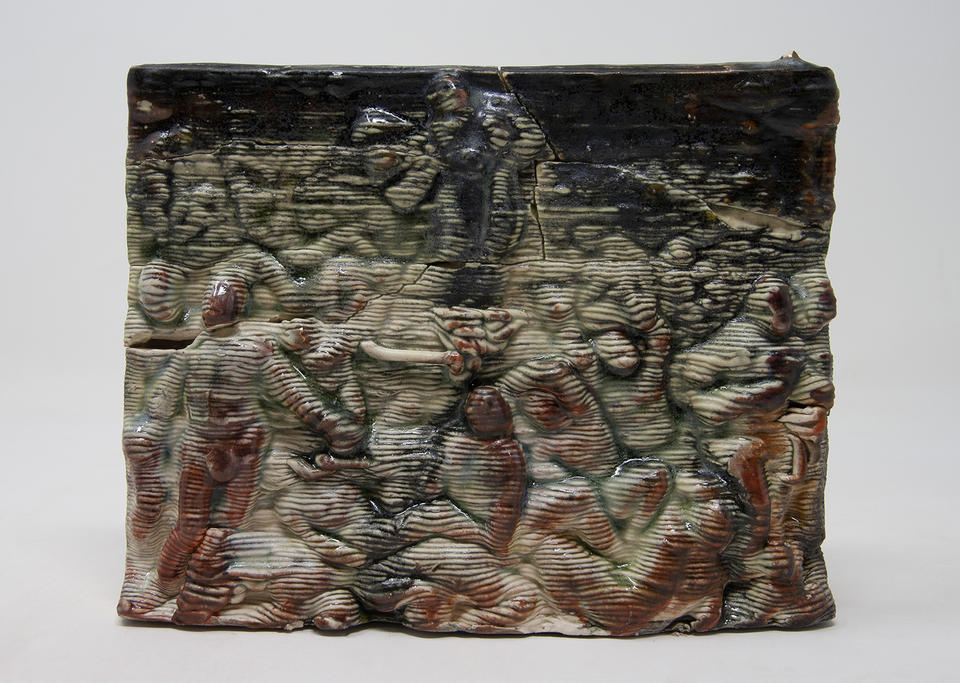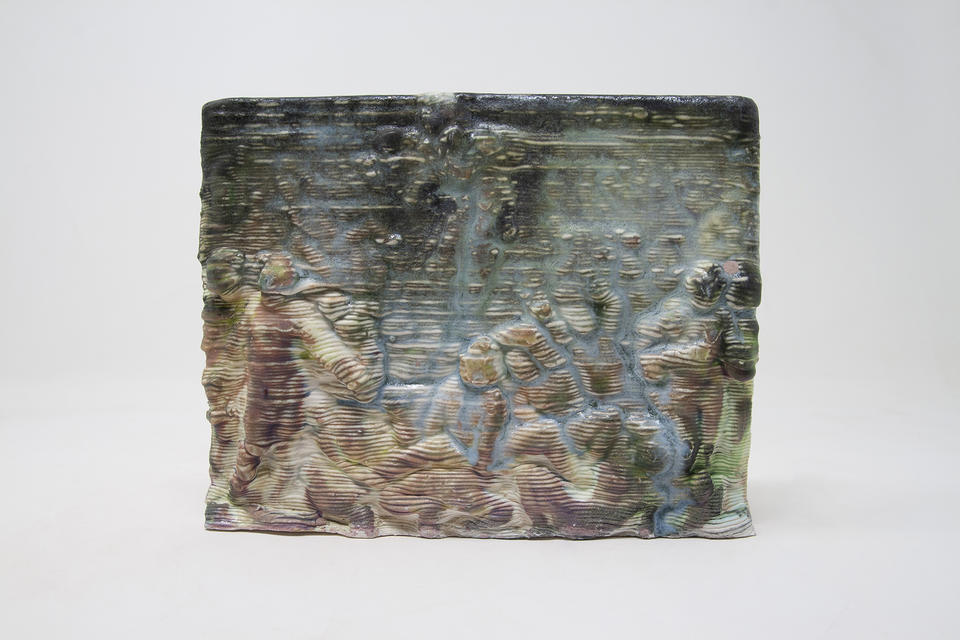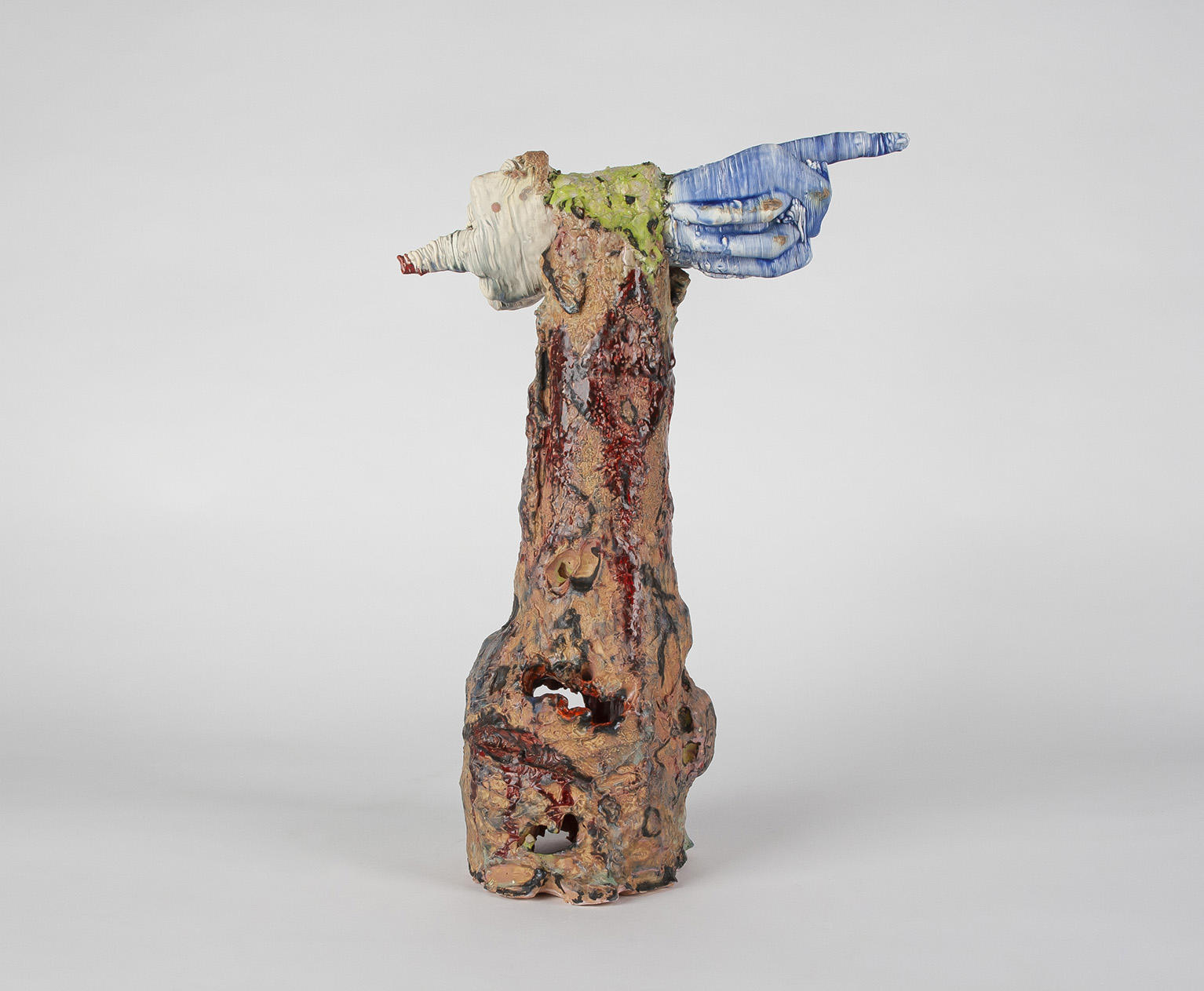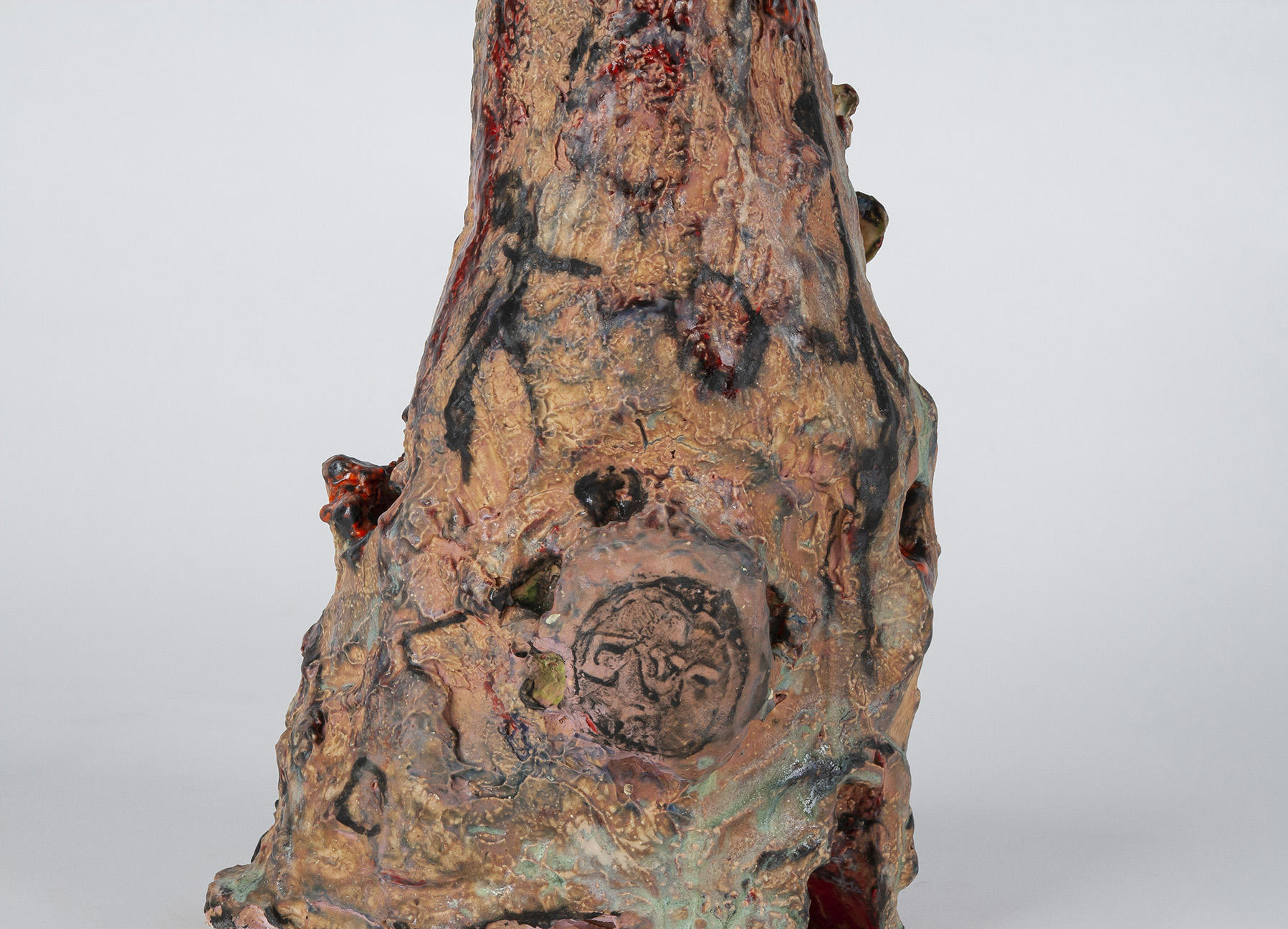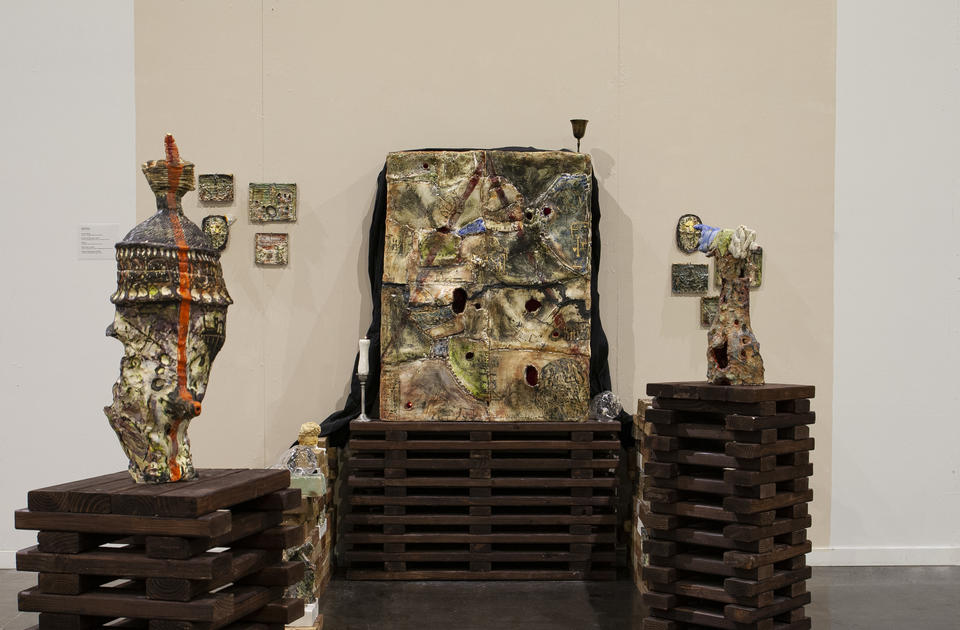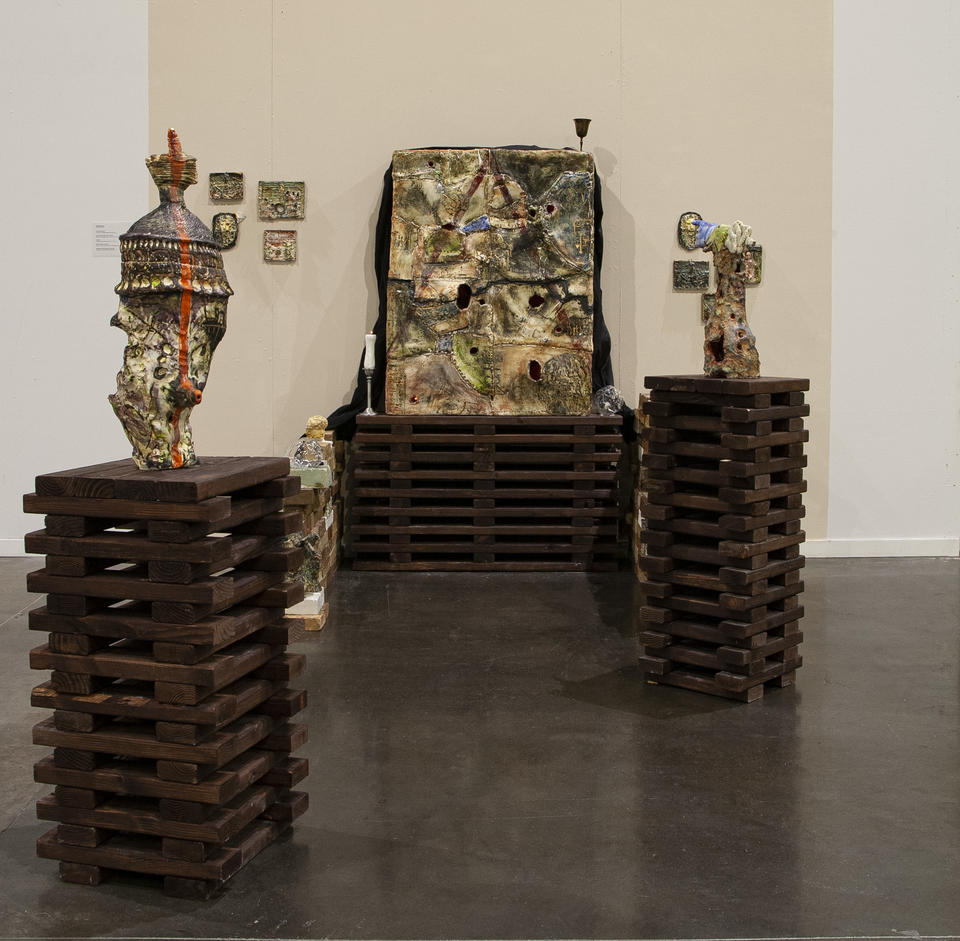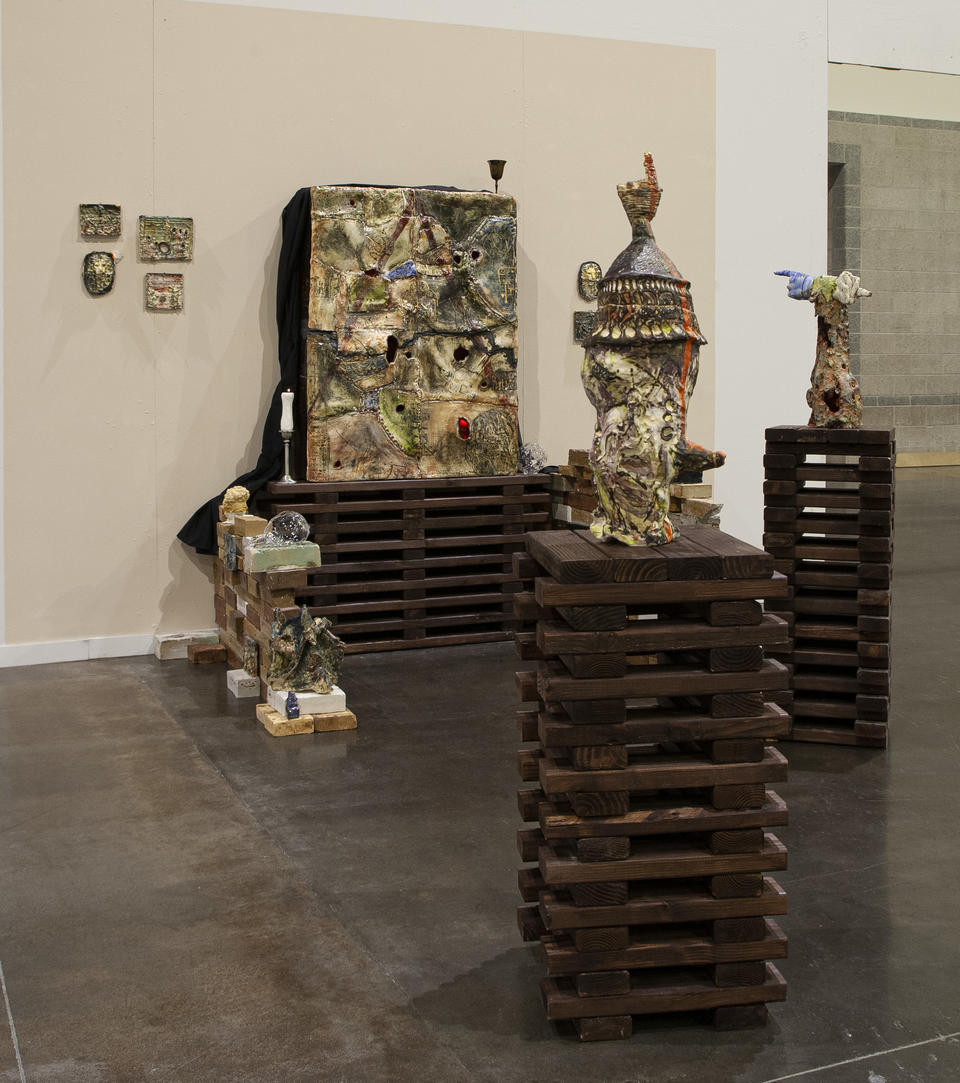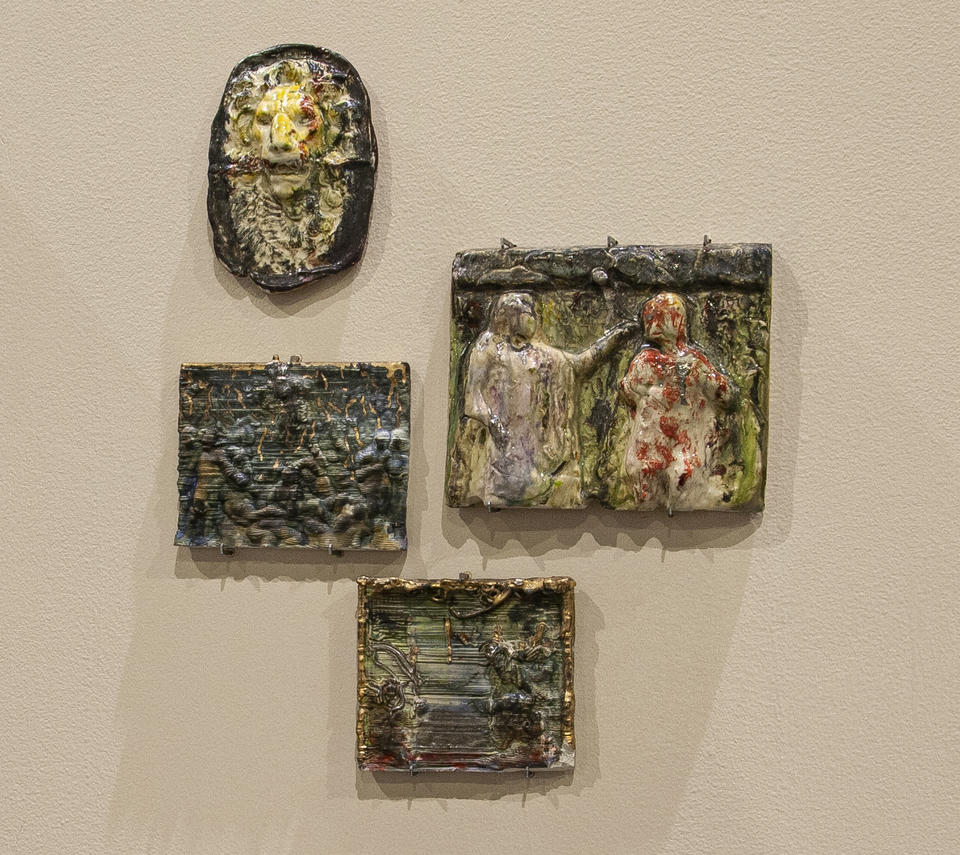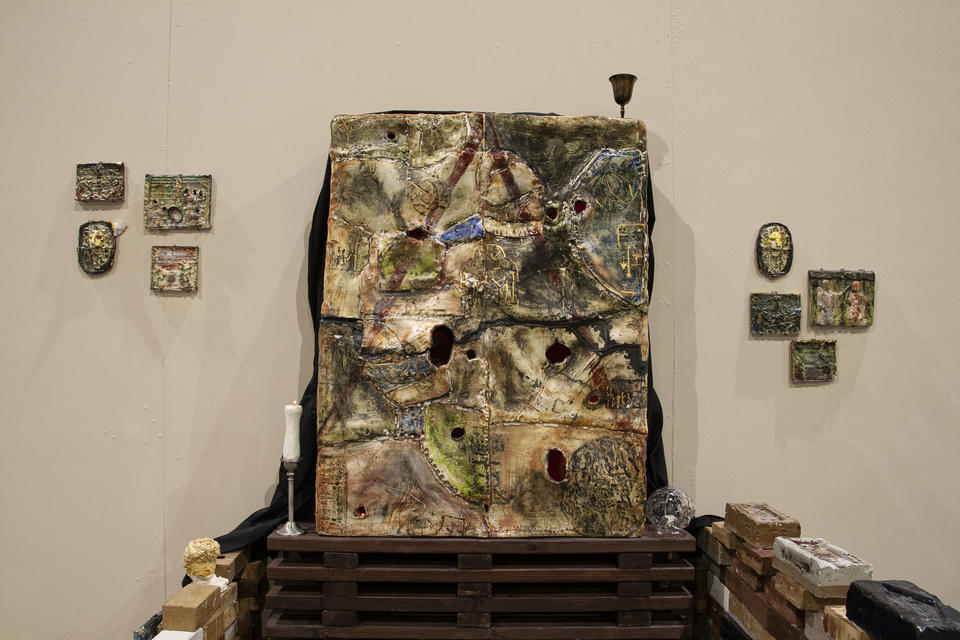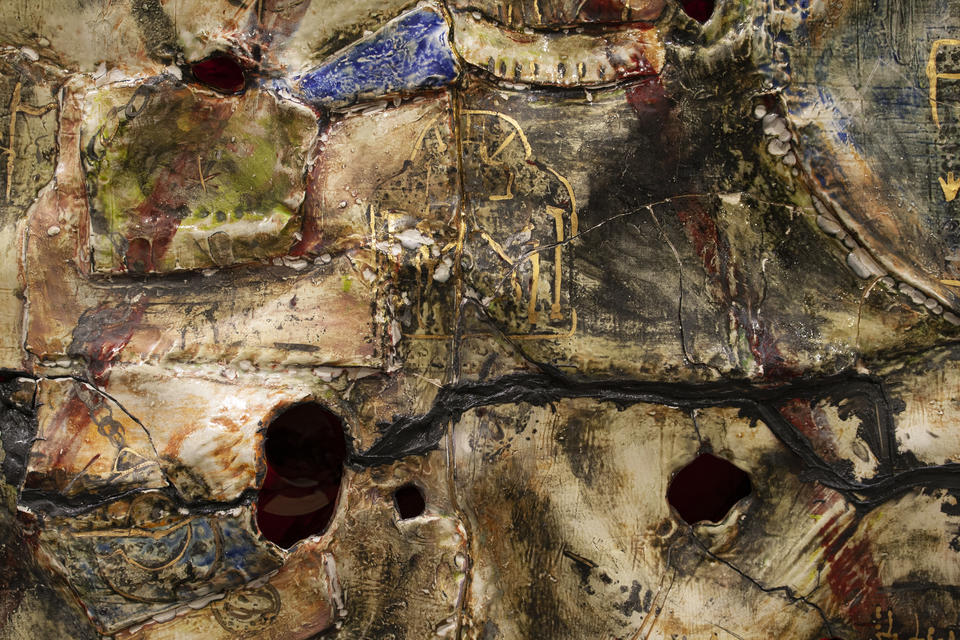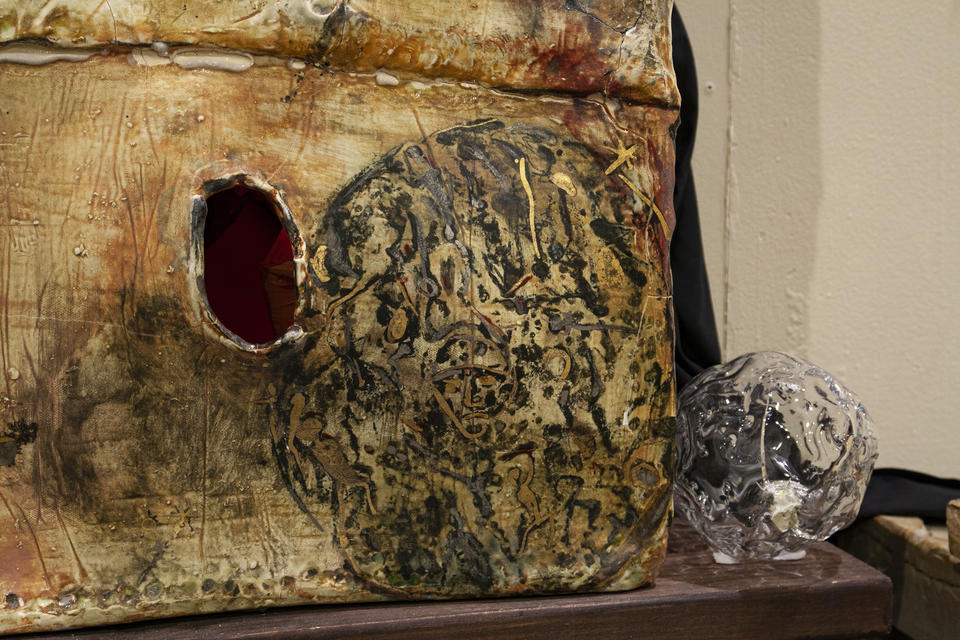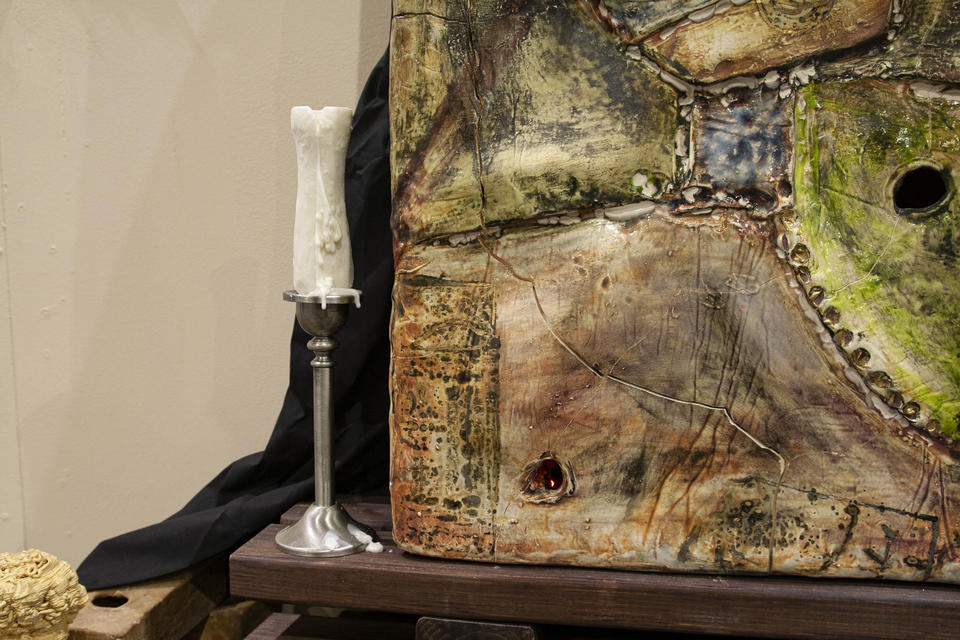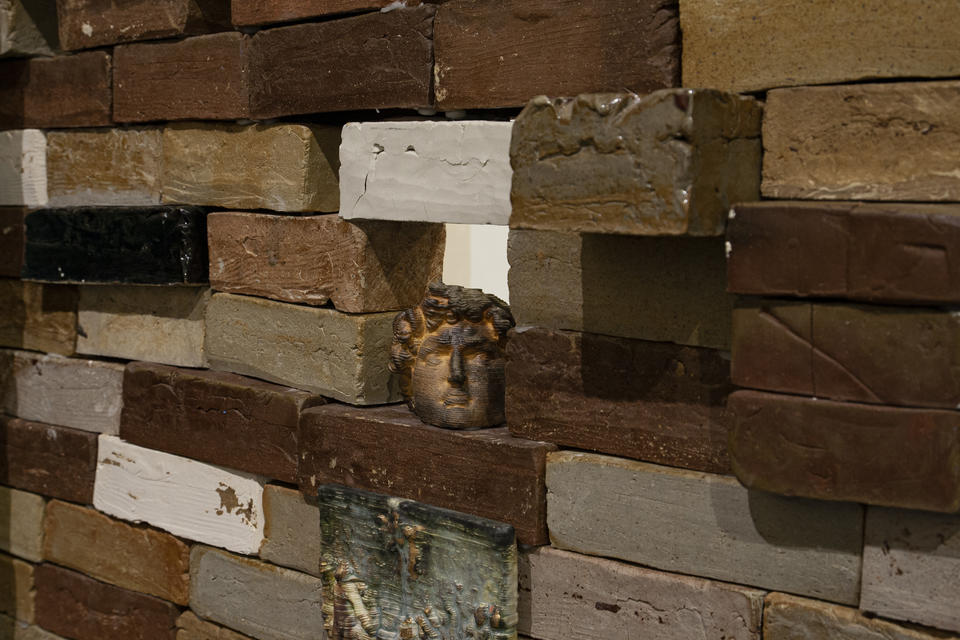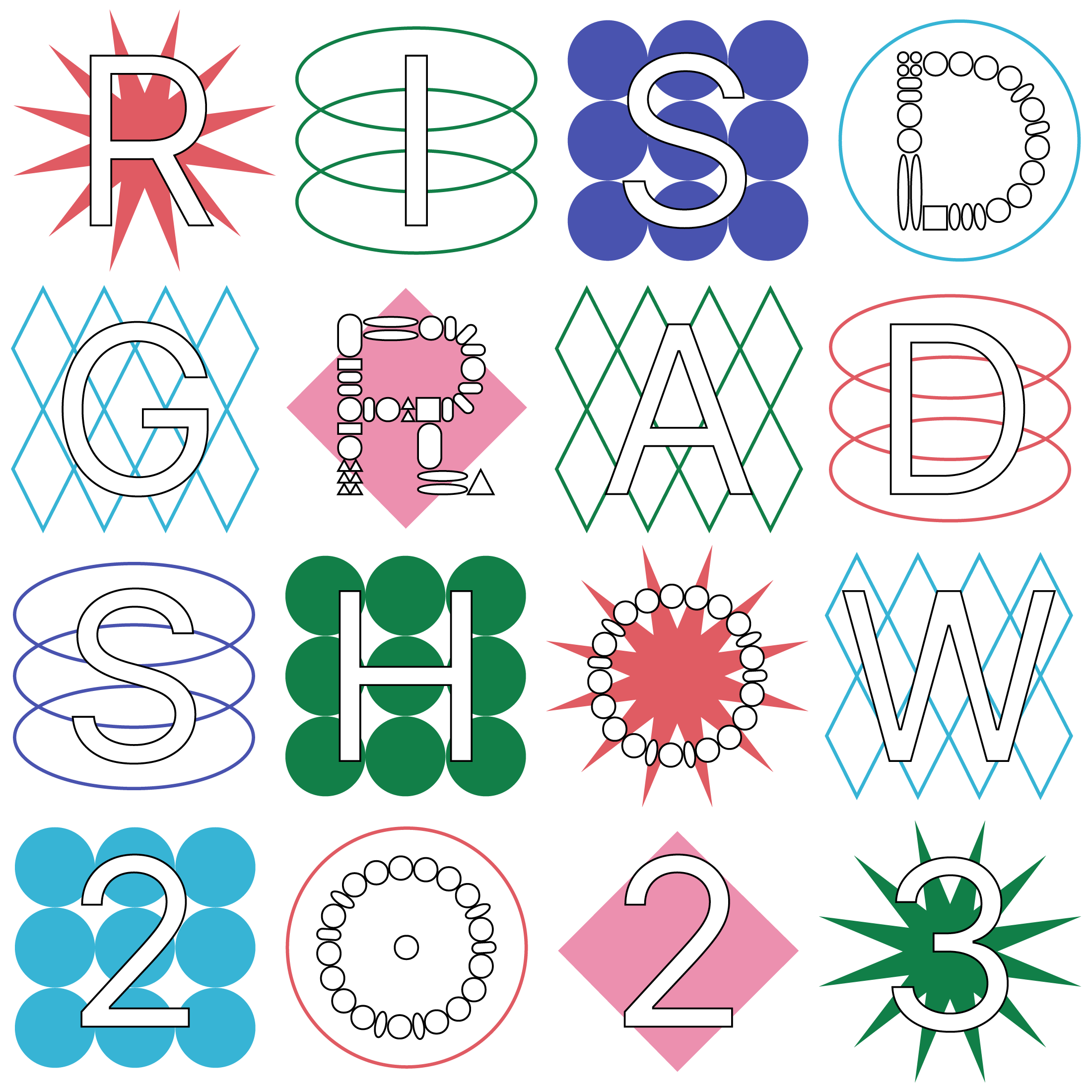My Partner in Storytelling
Clay is an archival material.
It captures moments onto its body that can be read like a story. A touch, a pinch, a rip, a fold. Clay is a partner in a dance. As I speak to the clay in the language of the hand it speaks poems back to me. It receives my touches and unfolds them back to me in its own way.
Clay is an archival material
Process is inherent in this material.
Clay is an archival material.
Once it is licked by flame, it hardens. Permanence is created through the transformation of clay in a kiln. It will now last for lifetimes. Every clay object fired is given the power of defying time.
The story can no longer be changed through moments of touch, instead it must be changed through the laws of nature. Geological processes, a sort of natural alchemy, are harnessed to create a sort of elevated monument.
